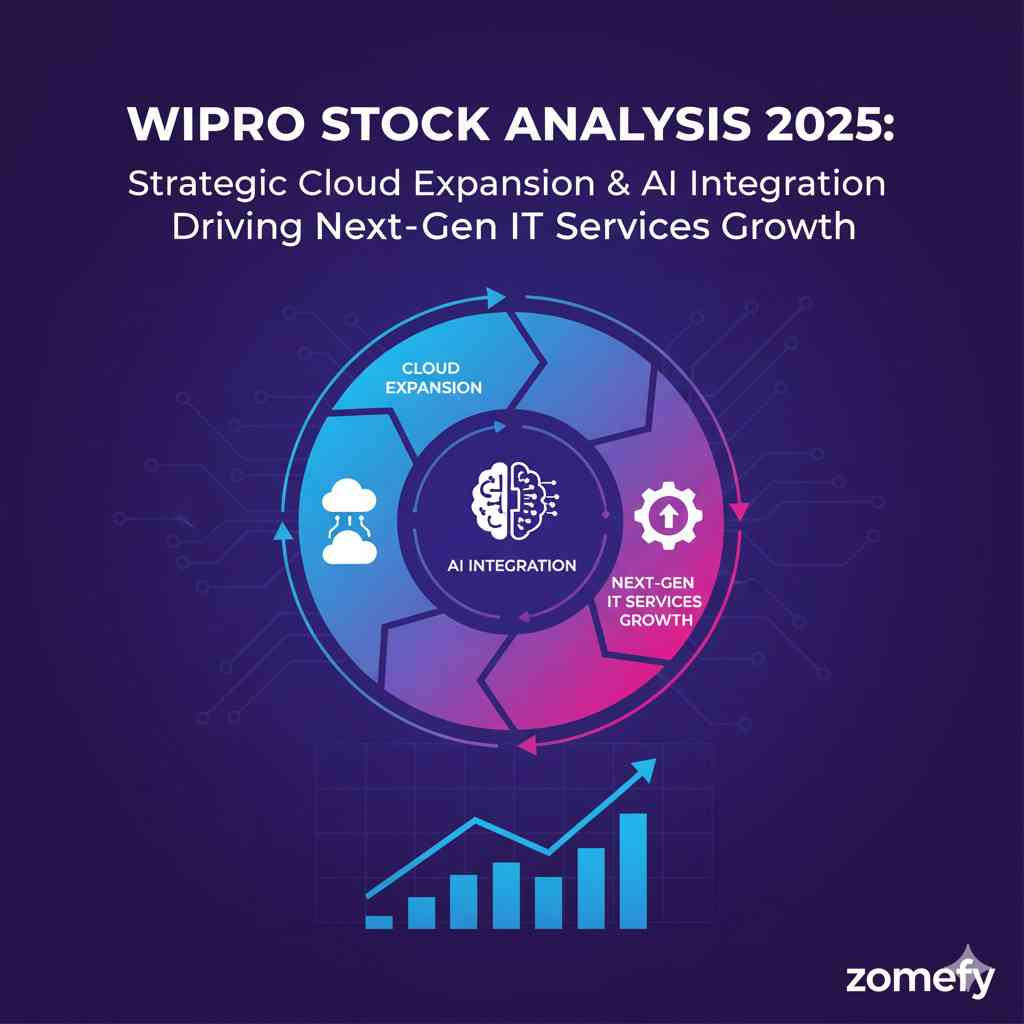FMCG Sector Outlook 2025: Volume vs Value Growth
Comprehensive FMCG sector outlook for 2025 with volume vs value growth analysis. Analyze HUL, ITC, Nestle, Britannia performance and investment opportunities in Indian FMCG sector.
FMCG Sector Outlook 2025: Volume vs Value Growth
What You Can Do Next
- Read the full article for complete insights
- Save for later reference
- Share with others learning about this topic
Image not available
The Indian FMCG sector is experiencing a shift from volume-driven growth to value-driven growth, with consumers increasingly preferring premium products and brands. As we enter 2025, understanding the volume vs value growth dynamics becomes crucial for investors. This comprehensive analysis examines the FMCG sector's growth prospects, company performance, and investment opportunities.
FMCG Sector Overview 2025
Sector Characteristics
2025 Growth Outlook
Volume vs Value Growth Analysis
Volume Growth Factors
Value Growth Factors
Company-Specific Analysis
HUL - The Market Leader
ITC - The Diversified Leader
Nestle - The Premium Leader
Britannia - The Biscuit Leader
Rural vs Urban Demand Analysis
Rural Market
Urban Market
Valuation Framework & Metrics
Valuation Metrics
Investment Framework
Investment Recommendations
Top Picks by Category
Risk Management
Conclusion
Frequently Asked Questions
What is the difference between volume and value growth in FMCG sector?
Volume growth focuses on increasing sales volume and market penetration, while value growth focuses on increasing sales value through premiumization and higher prices. FMCG companies are shifting from volume-driven growth to value-driven growth as consumers prefer premium products and brands.
What are the key growth drivers for FMCG sector in 2025?
Key growth drivers include rising income levels and urbanization, premiumization trends and brand preference, rural market growth and consumption patterns, urban lifestyle changes and consumption, and export opportunities and international markets. Government initiatives like rural development also drive growth.
How to evaluate FMCG sector companies for investment?
Evaluate companies based on brand portfolio and market share, distribution network and reach, growth prospects and expansion plans, financial health and margins, innovation and product development, and ESG practices and sustainability focus. Consider both fundamental analysis and technical analysis for better decision making.
What are the key risks in FMCG sector investments?
Key risks include intense competition and pricing pressure, market saturation and growth slowdown, changing consumer preferences and trends, supply chain disruptions and raw material costs, and regulatory challenges and compliance. Diversification and risk management are crucial.
How to value FMCG sector companies?
Use multiple valuation methods: P/E ratios (20-50x range), P/B ratios (3-15x range), EV/EBITDA (15-30x range), and DCF analysis considering growth prospects. Consider brand value, market share, and competitive advantages. Focus on companies with strong fundamentals and growth prospects.
Disclaimer: This analysis is for educational purposes only and should not be considered as investment advice. Past performance does not guarantee future results. Please consult with a qualified financial advisor before making investment decisions. FMCG sector investments are subject to market risks and consumer demand fluctuations.
Continue Your Investment Journey
Discover more insights that match your interests

Fei USD and the Rise of Algorithmic Stablecoins: 2025 Investment Implications
Algorithmic stablecoins have emerged as a significant innovation in the cryptocurrency space by offering decentralized, scalable alternatives to traditional fiat-backed stablecoins.

Geographic Expansion 2025: How Emerging Unicorn Hubs Are Reshaping Global Startup Valuations
The global startup ecosystem in 2025 is witnessing a transformative phase driven by geographic expansion beyond traditional hubs like Silicon Valley, New York, and Beijing.

Wipro Stock Analysis 2025: Strategic Cloud Expansion & AI Integration Driving Next-Gen IT Services Growth
Wipro Limited, a stalwart in India's IT services sector, is poised for transformative growth in 2025 driven by strategic expansion in cloud computing and aggressive integration of artificial intell...

Trent Ltd. Stock Analysis 2025: FII Exit Amid Festive Boom & Shifting Consumer Sentiment—What’s Next for India’s Retail Giant?
Trent Ltd.
Explore More Insights
Continue your financial education journey
